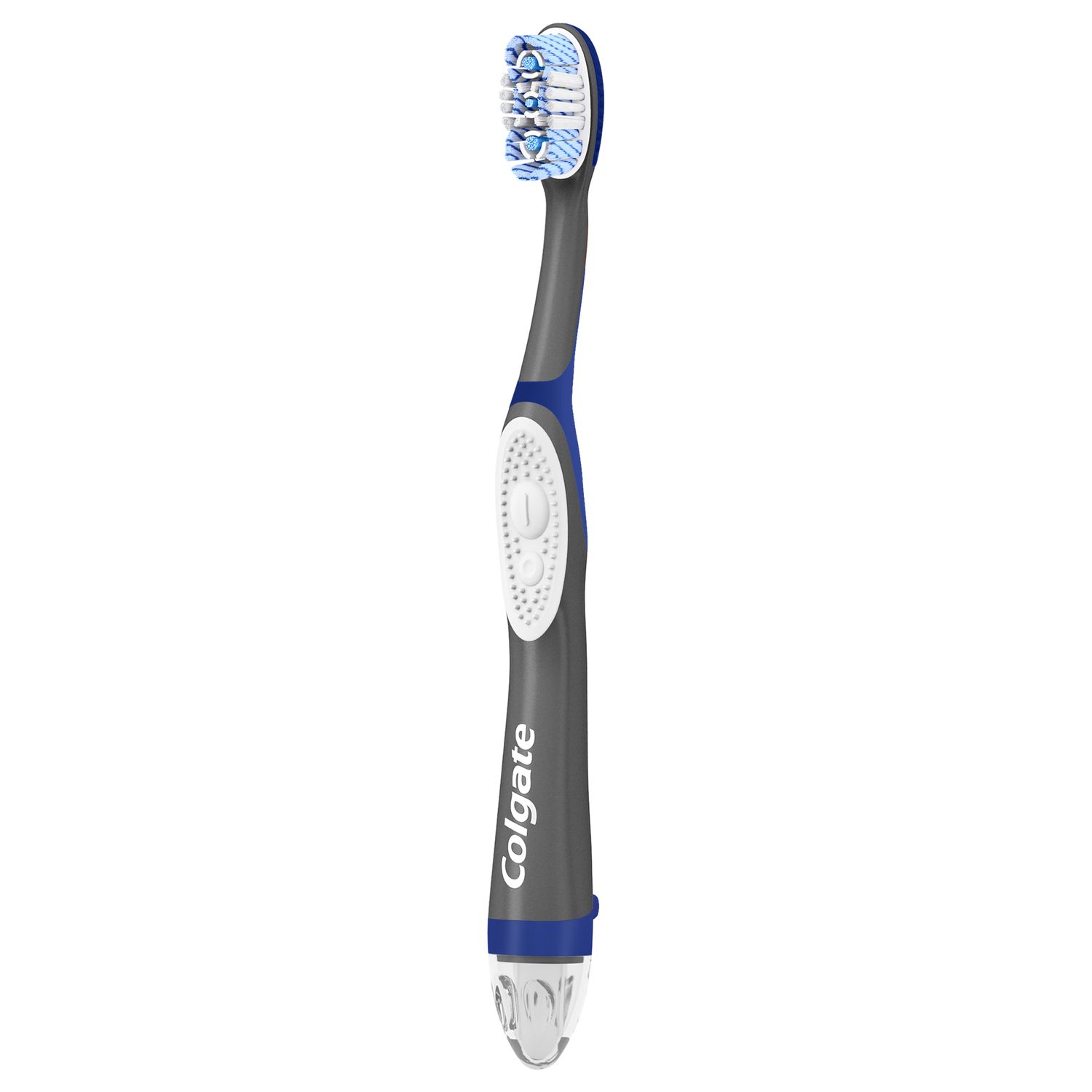As you read on, we'll go into more detail about what tartar is, how to know if you have it, how to prevent it, and how it is removed. We'll also look into what happens if it isn't removed. By the end, you'll be a tartar expert!
What is Tartar?
Tartar, as we discussed, is a hardened plaque. It forms at, underneath, and above the gumline and can irritate gum tissues. Because tartar on teeth gives plaque more surface area to grow on and a much stickier surface to adhere to, it can lead to cavities and gum disease. When tartar collects above the gumline, the tissue can become swollen and may bleed easily. (This is gingivitis).
Tartar can also be a cosmetic problem since it is quite porous and it absorbs stains easily. So if you are a coffee or tea drinker or smoke, it is even more imperative to prevent tartar buildup.
How do I Know if I Have Tartar Buildup?
Unlike plaque, a colorless film of bacteria, tartar is a mineral buildup that's fairly easy to see if it's above the gumline. The most common sign of tartar is a yellow or brown color on the teeth or gums. The only way to detect tartar — and to remove it — is to see your dentist or dental hygienist.
How can I Prevent Tartar Buildup?
Proper brushing, especially with a tartar control toothpaste, and flossing are essential in reducing plaque and tartar buildup. So is visiting the dentist regularly.
Once tartar has formed, only your dentist or dental hygienist can remove it. The process for removing tartar is called scaling. During a scaling, the dentist or dental hygienist uses special instruments (those sharp tools you see when visiting the dentist) to remove tartar from your teeth above and below the gumline. The key is that they make sure to clean all the way down to the bottom of the tooth pocket.
If it's been a while since you've had a dental visit and tartar has built up, debridement is also an option. Debridement is a procedure that removes thick or dense deposits from the tooth. Local anesthesia is applied during debridement, and then the tooth is scaled with either a hand instrument or ultrasonic scaler. It involves the use of water and high-frequency vibrations to dislodge the tartar build-up from your teeth.
If tartar is not removed, your oral health is at risk. Tartar damages gum tissue and can cause gums to bleed and pull away from the teeth. Thus, it can become an advanced form of gum disease (aka periodontitis). As periodontitis spreads, it can damage deeper gum tissue and eventually spread to areas of the jawbone, causing teeth to become loose and fall out.
Now you know the 411 on tartar. Tartar comes from plaque that's not be removed by the regular care of your teeth. And, as we discussed, it takes a professional to remove it. Removing it is essential in the prevention of gum disease. Remember to keep up with your oral hygiene as it's the best thing you can do to prevent tartar buildup. If you see a yellow or brown color on the teeth or gums, check-in with your dentist as soon as you can. Taking care of tartar is essential in maintaining your oral health and beautiful smile.
This article is intended to promote understanding of and knowledge about general oral health topics. It is not intended to be a substitute for professional advice, diagnosis or treatment. Always seek the advice of your dentist or other qualified healthcare provider with any questions you may have regarding a medical condition or treatment.
ORAL HEALTH QUIZ
What's behind your smile?
Take our Oral Health assessment to get the most from your oral care routine
ORAL HEALTH QUIZ
What's behind your smile?
Take our Oral Health assessment to get the most from your oral care routine















